Other

“Researchers from Japan and India use titanium diboride nanosheets as anode material in lithium-ion batteries to enable fast charging and extend battery life. Lithium-ion batteries are ubiquitous in the world of electric vehicles. However, a significant challenge encountered with their …

“Scientists develop black glasses grafted silicon microparticles as negative electrode material for improving lithium-ion battery performance Silicon-based negative electrode materials have excellent energy capacity making them ideal for use in lithium-ion batteries. However, their practical application faces challenges including lack …

“Scientists develop software that can find all non-redundant substitution patterns in disordered systems, making computation in materials informatics faster Substituting atoms in otherwise symmetric crystals is a widely used approach to tune the properties of materials for practical applications. In …
News Charging a Green Future: Latest Advancement in Lithium-Ion Batteries Could Make Them Ubiquitous
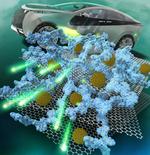
“Scientists add a specific polymer composite to the silicon anode of lithium-ion batteries, which significantly increasing their lifetime Lithium-ion batteries (LIBs) power electric vehicles and electronics. With the prevalence of these set to increase, efforts have been directed towards improving …
“Researchers settle the debate on the relative stabilities of boron nitride’s structures using a state-of-the-art quantum simulation method Despite the huge technological interest in boron nitride (BN), understanding the relative stability of its different structural phases remains a challenge …
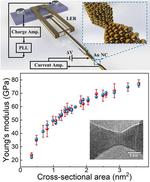
“New method allows scientists to precisely measure the strength of nanomaterials only a few atoms thick The physical properties at the surface of nanomaterial structures become much more prominent as they approach atomic scales. In a recent study, Japanese scientists …
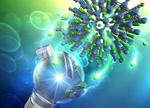
“Scientists present a simple methodology for the synthesis of novel β-SiC nanoparticle-based anode materials for lithium-ion batteries β-Silicon carbide (SiC)-based anode materials have recently garnered attention as a promising alternative to graphite in lithium-ion batteries (LIB). However, the conventional …
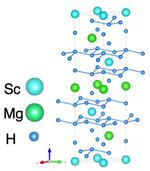
“Researchers discover a new hydrogen compound crystal structure as a likely candidate for achieving superconductivity at high temperatures The low temperatures required to maintain superconductivity have led to the development of hydrogen-containing compounds (metal hydrides) that can achieve superconductivity at …
“Researchers from Japan successfully estimate the bending energy of disiloxane molecule with ultra-fine molecular simulations run on a supercomputer Discovering novel materials with desirable properties is the ultimate dream in materials science. This requires an accurate prediction of molecular structures …
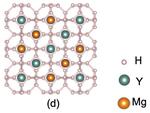
“Superconductivity is a phenomenon where a material loses its electrical resistance. However, it occurs at extremely low transition temperatures requiring expensive cooling solutions. A breakthrough in high-temperature superconductors was found in crystal structures containing hydrogen. Now, researchers have used a …
